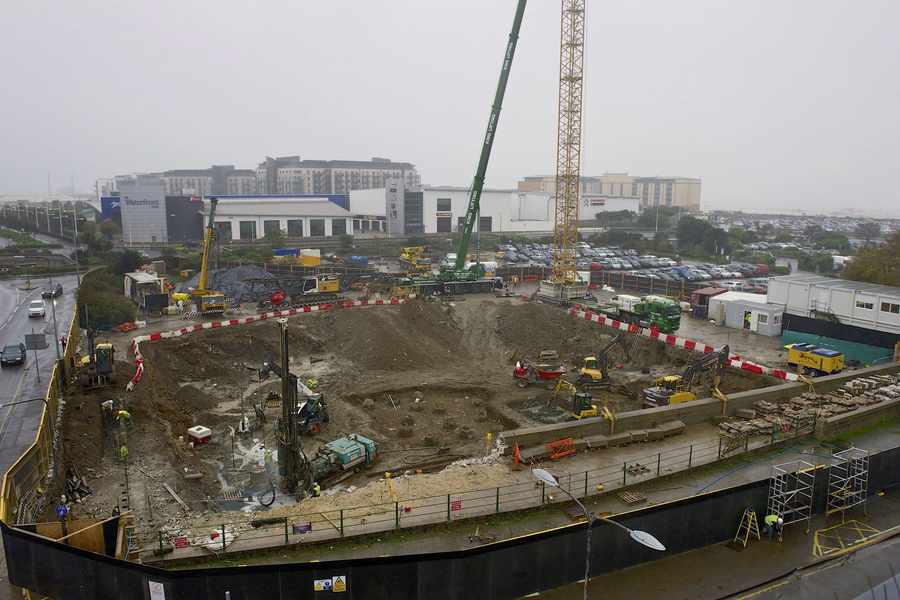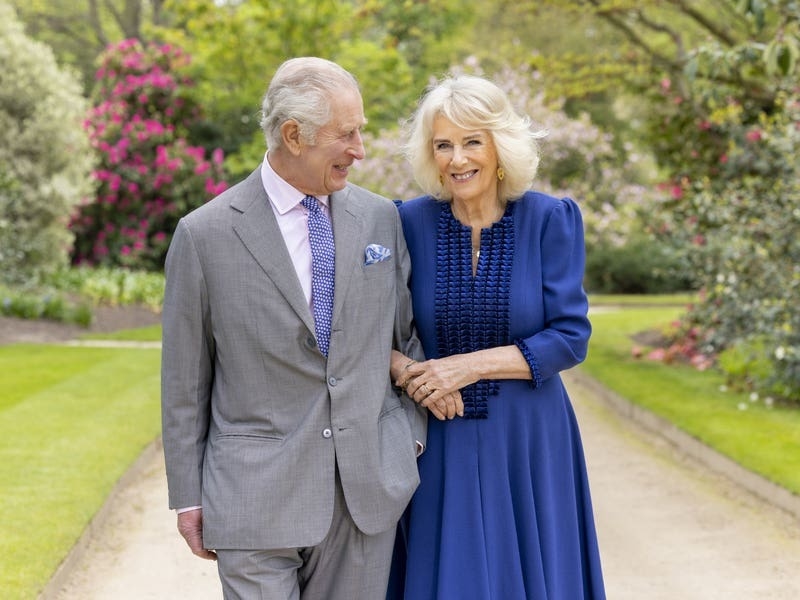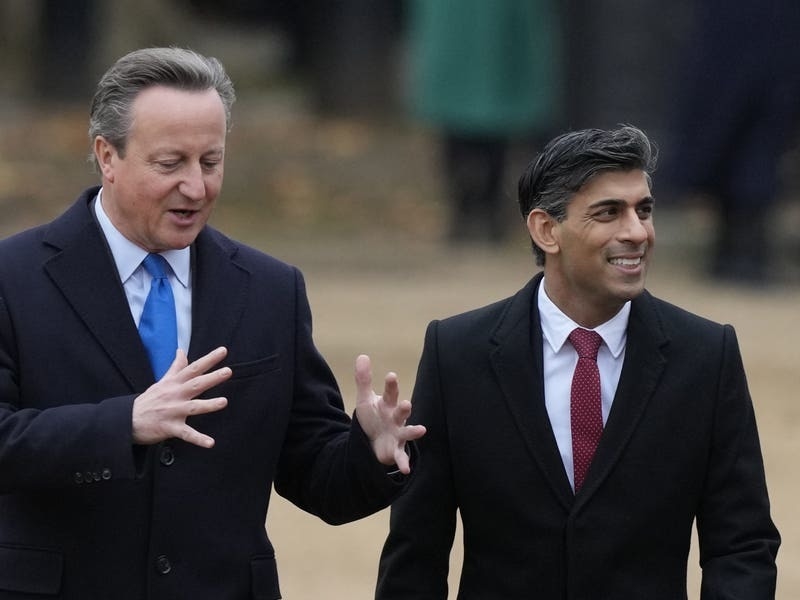A new report in the ongoing battle over the Esplanade finance centre has raised doubts over the viability of the scheme, and the States body behind the study is now calling for the government to review their plans to build six offices on the site. Toby Chiang reports
THE controversial Jersey International Finance Centre is not viable and must be reviewed by the States, according to a damning new report released today by a government watchdog.
Following an independent viability study by Ernst and Young, commissioned by the Corporate Services Scrutiny Panel, the panel claims it is ‘highly improbable’ that the finance centre will provide returns of £50 million, let alone the £95 million recently predicted by a valuation report published by the Treasury Department last week.
EY’s report suggests that the first building would make a relatively small profit of just over £3 million and should proceed, but that the overall six-building project may not deliver sufficient returns to fund the proposed landscaping and the building of an underground car park which forms part of the overall plan.
- A later phase of JIFC requires the delivery of public realm improvements including a park and four-level basement car park. The current cost of this is £27.25 million and it is very difficult to see how this can be funded by the level of profits that are likely to be generated, even if demand for these later phases could be demonstrated, and the development delivered
- EY have severe reservations as to whether there will be sufficient demand to enable the full JIFC proposals totalling 480,000 sq ft to be developed in the medium term, say five to ten years…
- ‘There is an insufficient size to the market and little prospect for this to be able to grow to sustain the size of scheme as proposed
- ‘The parties should seriously review their aspirations for both the JIFC and the Esplanade Quarter as a whole to arrive at a more balanced and commercially viable mix of uses and public realm improvements
It follows months of debate about the scheme, which has faced sustained criticism from sceptical backbenchers, rival developers and environmental lobby groups in recent years.
In its report EY says that a lower-than-expected return for the first building ‘is not a reason alone to not proceed with the development’ but that a re-evaluation of the wider scheme is needed.
According to the panel, which backed calls for work to be delayed until they released their findings, the ‘overall project for the delivery of the JIFC is not considered viable’.
It also says that EY have ‘severe reservations’ over whether there is sufficient demand to fill the completed finance centre over a five-to-ten-year period.
And the report also raises significant doubts about the wider Esplanade Quarter Masterplan – a plan that includes the JIFC as well as the creation of homes, shops and restaurants on land nearby – which it says needs to be looked at again.
Commenting on the report while Treasury Minister Alan Maclean and Chief Minister Ian Gorst are out of the Island, Deputy Chief Minister Andrew Green said: ‘It is disappointing that the panel has chosen not to base their findings and recommendations on the professional EY report – which the panel commissioned – as a whole, but instead have chosen only to select areas that support a negative conclusion.
‘It is not clear how the panel’s conclusions reconcile with the EY report. That report, which is to be welcomed, fully assesses the viability of Building 4. Even using a low valuation, the panel’s own advisers show that the building does generate a profit.
You can view the full report here
‘In addition, I’m advised this assessment of viability is in keeping with the conclusions drawn by the valuation report commissioned by the bank providing the funding for the building.
‘I cannot see how it is going to be possible for the Treasury Minister to accept the conclusions and recommendations of this panel.’
Senator Green added that a successful JIFC remained an important part of the States Strategic Plan to deliver economic growth and that the Council of Ministers was due to give a full response in the future.
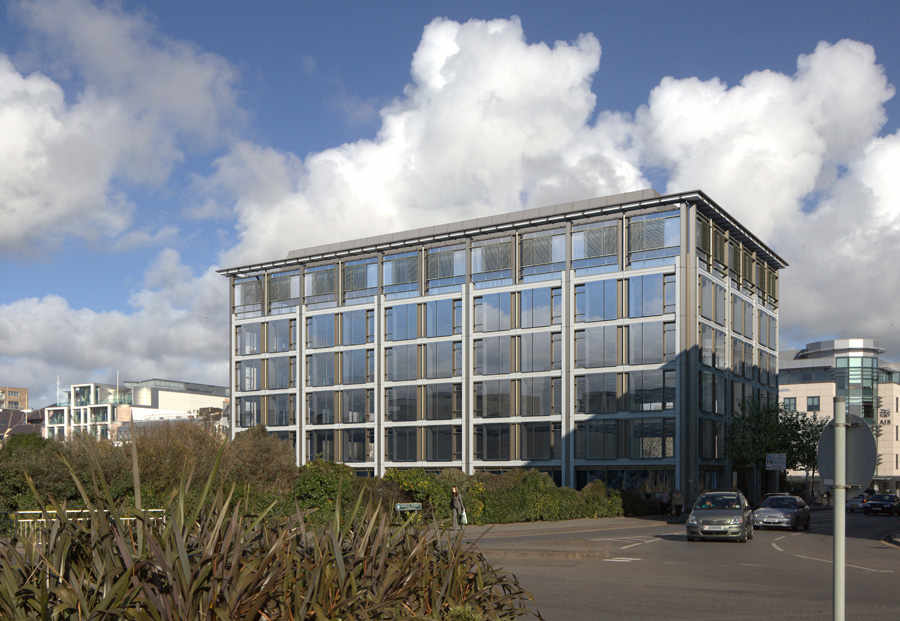
What Scrutiny says
The panel is calling on the Treasury Department to undertake a new assessment of the JIFC’s first building, present it to them and the States and to carry out a complete reappraisal of the whole finance centre scheme, which is being managed by the States-owned Jersey Development Company.
Deputy John Le Fondré, the chairman of the panel, said: ‘One of Scrutiny’s roles is to hold ministers and companies to account.
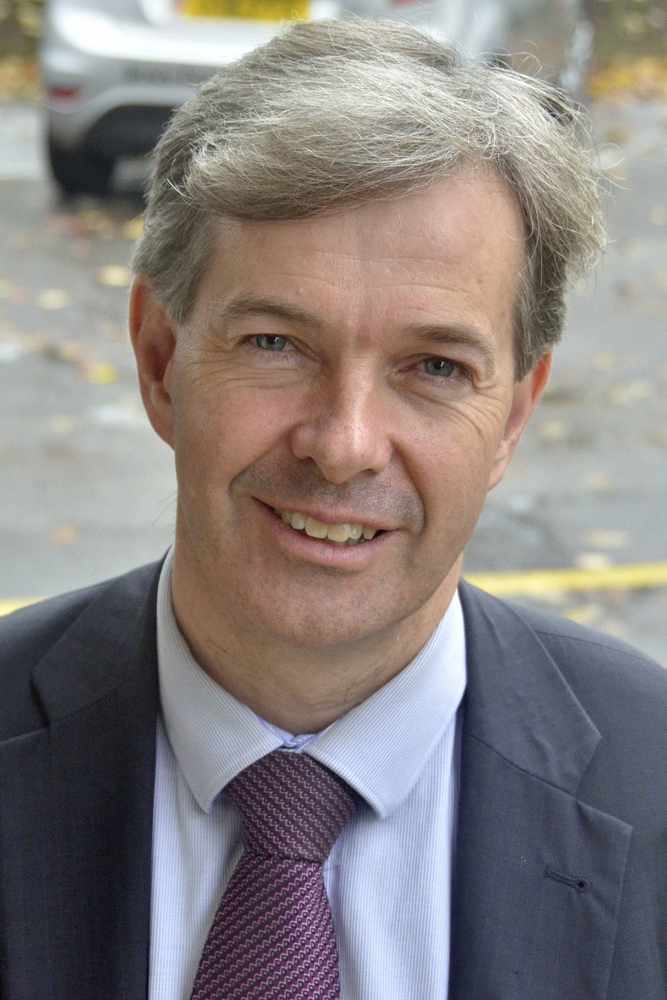
‘We’ve tried to approach this in a considered and careful manner, employing the best technical advice we can get to look at this objectively.
‘This is the first public, independent, objective assessment of Building 4 and it raises significant concerns and questions about the viability of the Jersey International Finance Centre and the Esplanade Quarter Masterplan.’
Deputy Le Fondré said that the panel had an initial budget of between £25,000 and £30,000 to pay their advisers, but that it was not yet known if the report’s costs could be pushed higher because of delays relating to the release of commercially sensitive information held by the JDC.
Projected returns for the JIFC have ranged over the years from £50 million to £95 million – the latter was last week predicted by property consultants DTZ, who had been commissioned to conduct a valuation of the project.
Scrutiny’s report, based on EY’s viability study, projected that Building 4 would return just over £3 million.
Despite predicting a relatively low return, EY said that work on Building 4 should continue as long as no future costs would reduce profits to a nominal level.
This year the panel has clashed with both the JDC and the Treasury Department over attempts to view key documents relating to tenancy deals and money-lending arrangements.
EY advisers eventually signed a non-disclosure agreement preventing them from commenting specifically on aspects of the JIFC project that were deemed commercially sensitive by the JDC.
And now the panel has issued a summons for further documents through the States Privileges and Procedures Committee, which it says are crucial to giving a better understanding of the building project.
Deputy Le Fondré said the panel was also awaiting the full DTZ valuation.
He added that there were still several gaps in the panel’s report, as it had not had information about tenant incentives, such as free-rent periods or additional benefits, and bank lending arrangements, which could also have an impact on projected returns.
Deputy Le Fondré added: ‘We will have to see what the response is going to be from the Treasury Department and the JDC in the next few days.
‘It’s a difficult conversation, but we’ve started.’

- Plans for Building 5 the second unit of the JIFC were approved by the Planning Applications Panel
- That decision was subject to an appeal by rival developers C Le Masurier Ltd and is due to be reviewed by an independent planning inspector
- Backbencher Deputy Montfort Tadier lodged a proposition calling for work on the first building of the scheme to be delayed until the outcomes of the Scrutiny review were known
- Before that proposition was rejected by the States, campaigners formed a human chain around the Esplanade car park to show their opposition to the project
- The JDC announced that Swiss finance firm UBS had agreed to lease around 25 per cent of the first building
- Work began this summer after the JDC said that securing the first tenant meant the building costs were covered and they could proceed
- Higher-than-expected levels of contamination were found at the site when excavations began
- Most recently the Treasury Department published a valuation report by real-estate experts DTZ, who suggested the scheme could return £95 million much more than previously estimated

